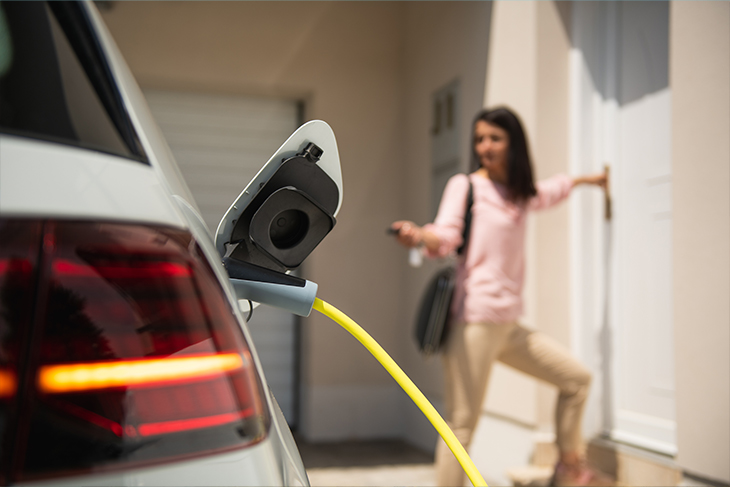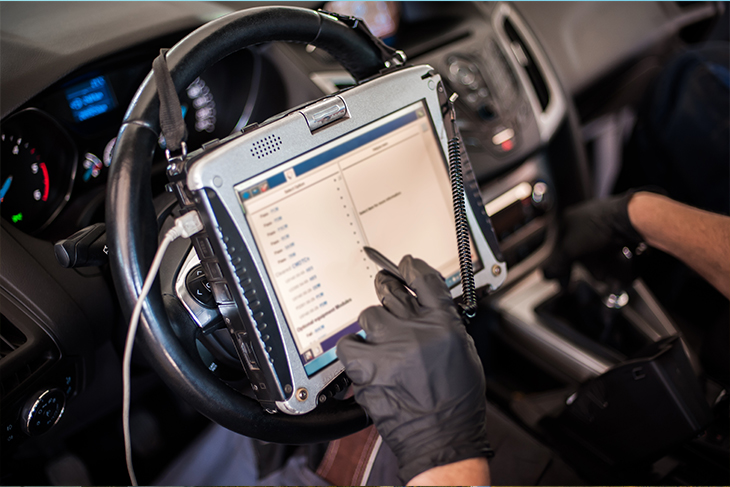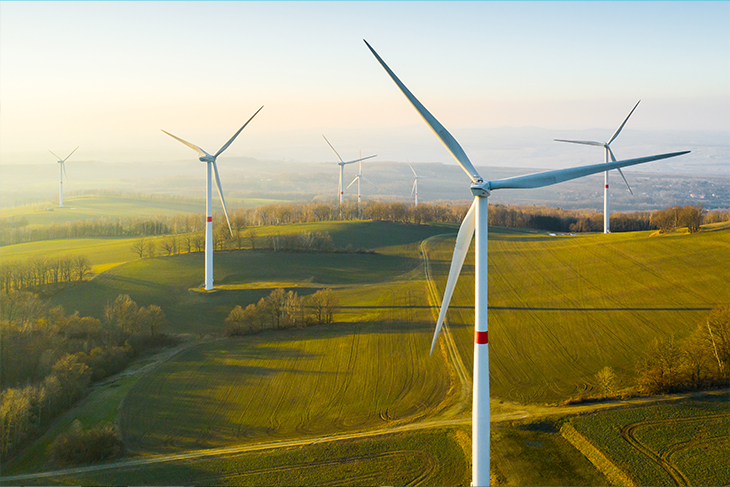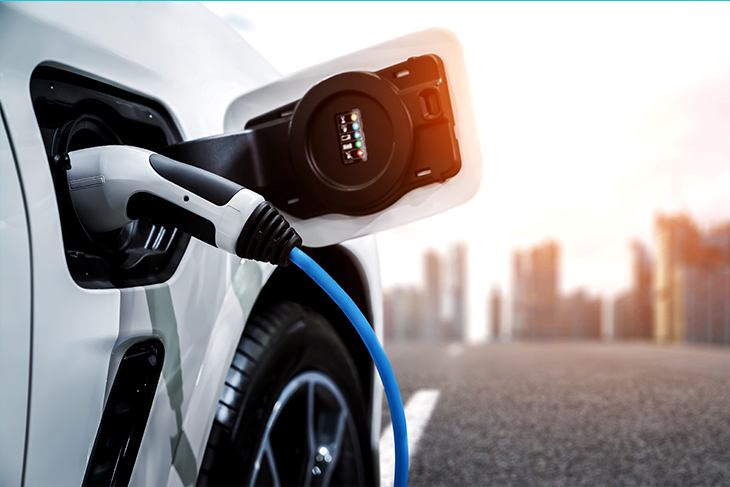Electric cars are a hot topic at the moment. The UK government’s announcement that sales of new petrol and diesel cars will stop in 2030 has accelerated the desire for electric cars to become a viable alternative. While you’ll still be able to buy second hand petrol and diesel vehicles, the move will be to cars that can do a set amount of miles on electric power alone, meaning PHEV (plug-in hybrid electric vehicle) and hybrid cars will still be available, to begin with at least.
Whether this target will be kept going forward remains to be seen, as attitudes to carbon reduction targets changes between governments and prime ministers. But every car company is now producing electric vehicles, whether they are electric versions of existing models or purely electric vehicles with no fossil fuel alternative.
There remain questions about electric cars and whether they will be viable as an alternative, as well as a whole subsection of society who believe that carbon targets and the very idea of climate change is scaremongering. Is there even an argument over electric cars and their green credentials?
There are arguments and questions that should be examined. Let’s take a look at some of them so we can try and answer the question: how green are electric cars really?
Charging your vehicle at home
The key selling point of electric cars is that you can recharge them at home using your mains power point. So you can then run the car off its electric motor and not have to worry about emissions, reducing your carbon footprint. The question then is where does the power to your home come from?
Opponents to electric cars will say that fossil fuels are still powering your vehicle, even if you don’t put petrol or diesel in your car. So where exactly is the charge coming from?
According to the National Grid’s figures, zero-carbon energy is starting to outpace fossil fuels as an energy source. In the last quarter of 2021, 64.9% of the energy generated in the UK came from renewable sources – wind power 26.1%, bioenergy (the burning of organic, renewable materials) 12.7%, solar power 1.8%, and hydropower 2.1%.
So while you can’t guarantee that the energy that powered your car came directly from renewable sources, over 60% is likely going to have been from a green producer.
There are questions over whether the demand on the grid will grow over the years, especially if more and more people switch to electric or PHEV cars. Will the government invest enough into renewable energy to sustain that percentage? It’s unclear.

Building an electric car
There are very real questions about the production of electric cars. That’s not to say that producing petrol or diesel cars is without its issues, but there is an ethical question of someone in a western, first world country, highlighting the green credentials of their electric vehicles, while immense destruction and pollution is inflicted on the countries that provide the raw materials for those same cars.
Lithium-ion batteries are seen as being one of the most vital components to a successful future for our planet. Their efficiency is used in almost all electric devices, from laptops to smartphones. Electric cars have lithium batteries as a vital component. Extracting lithium is not without its issues.
In South America, where the largest reserves of lithium can be found, the metal is extracted by pumping lithium-containing saltwater from underground up onto the surface. Sunlight is then used to dry the saltwater, evaporating the brine and leaving the metal behind.
How this process affects the environment is still under investigation. While no drinking water is used in the process, there are questions over whether the mining process affects the groundwater in the area. There have been reports of droughts and water shortages caused by the mining process, as well as deserts growing in size. But there isn’t a lot of scientific research into exactly what happens.
There’s also a human cost that can be ignored. The mining of cobalt, another key component in electric batteries, has a lot of ethical issues. 60% of the world’s cobalt comes from the Democratic Republic of Congo. There are reports that children as young as seven are working in unregulated mines, breathing in potentially toxic cobalt dust as they work.
Electric cars also require more copper than a petrol car, which means more mining to satisfy the demand. Mining is often energy intensive, and there’s no knowing if they will all be using renewable energy to power the process, but chances are that it will be whatever is cheapest and most efficient to the process.
The carbon footprint of an electric car
One of the big early criticisms of an electric car is that, when you factor in the production and amount of charging it takes over a lifetime, then it’s carbon footprint is no smaller than that of a petrol-powered vehicle. The energy it takes to produce a battery combined with the short range of electric engines meaning they need to be recharged more often, and the fact that you can recharge them at home as frequently as you want without the immediate ‘payment’ that you have when you refuel on petrol or diesel, it was claimed that this made electric cars just as, if not more polluting, than fossil fuel engined cars. But a study released last year shows that this is not the case.
A big part of this initial assumption was based on the energy cost to produce batteries, but it is now clear that this was based on outdated data. A lot of the analysis was based on guesswork or rough estimates, and it wasn’t until this more recent study that it was revealed that the energy cost associated to battery production was grossly overstated.
Another thing to take into consideration is how energy production is changing. As mentioned before, an increasingly large proportion of our energy comes from renewable sources. This is only going to increase further over the years as adoption spreads more widely, with the technology going in to renewable energy generation also becoming more efficient.

Complexity of electric cars – right to repair
An issue that has arisen in the US is the right for someone to repair their car. Tesla are notoriously protective over their IP, and so have made it nigh impossible to have your vehicle repaired by someone other than Tesla or a Tesla-approved mechanic. That means you have to follow their rules and pay their prices, even when there are many examples of engineers finding cheaper ways to repair known issues with Tesla vehicles. A recent case shows an engineer finding a $700 repair solution for something Tesla wanted to charge $16,000!
While there is a debate on right-to-repair in the US at the moment, with companies from Apple to John Deere all resisting calls to make their products easier to fix without their input. At the moment, attempting to repair one of their products yourself can void your warranty, leave you open to legal challenge, and even make the item a brick – when it no longer operates because the software does not work.
If this trend continues, you could end up having to change car, rather than repair your vehicle – whichever option is the cheapest to you. This is likely to have a massive impact on the used car market, either making second-hand electric cars undesirable or extremely expensive.
How clean is renewable energy?
Another argument against renewable energy sources is that they can never truly be clean. Whether it’s in the production of the generators themselves or in disposing of them at the end of their lifecycles.
An example of this is with wind turbines. While they are one of the best producers of renewable energy, there are issues with the lifespan of the blades of the turbines. Currently, the blades only last between 20-25 years. Somewhat surprising when you think of their image as almost the “poster boy” of renewable energy. The second issue is that these blades cannot be 100% recycled.
While some of the metals and wood that make up the blade can be recycled, there are still some materials that are destined for landfill, in particularl the reinforced plastic and fibreglass components.. A study by Strathclyde University predicts that global turbine waste will hit 400,000 tonnes per year by the time we reach 2030, with this figure set to increase as wind turbines become wider spread.
Nowhere near as toxic as some energy generating materials that end up in landfill, it’s still an issue that is only likely to grow in future until a solution is found. Until then, many will end up being buried underground, left as a problem for future generations to solve.
But renewable energy companies are aware of this issue, and are looking for solutions to ensure that this relatively small black mark on their record is resolved. One of Europe’s leading wind energy producers is calling for a ban on sending turbine blades to landfill, believing that this is often seen as a cheaper, easier option for companies who could do more to reduce the waste.
An example of companies looking outside the box for ways to recycle turbines is in Ireland, where the retired blades are being considered for use in the building of bridges. The strength inherit in their build is being examined to see if they could make a feasible replacement for steel in construction projects. Any breakthrough here will help turn landfill into opportunity.

Is it even feasible?
The 2030 target is certainly ambitious. Not just because of the issues with supplying electric cars and all their required components in quantities large enough to transport a nation of 60 million plus people. Even though it’s not expected that everyone will immediately shift to electric, there were almost 32 million new cars registered in 2019. There currently is no way that the supply could meet that sort of demand, even if we don’t reach those exact pre-pandemic numbers.
While a lot can change in the eight years leading up to 2030, will the infrastructure be in place to make this a reality? Or will it just inflate prices in the second-hand market, making them as expensive, if not more so, than the electric cars that have made them obsolete?
All the signs point to it requiring a serious investment. From the government to ensure that it’s not a punishment to car owners but an incentive, and from car manufacturers, who will hopefully see it as a lucrative market. Who knows, if the ban works, then it’s likely other countries across the world will follow suit, if they haven’t tried to match the plan before then.
So are electric cars all that they say they are?
It’s safe to say that the argument over electric cars will not disappear overnight. While both sides make their arguments, electric vehicles are here to stay and will become a more and more common sight on the roads as demand, production and the quality of the vehicles themselves improves over time.
That’s not to say they are perfect. There are issues with the production, maintenance and powering of electric cars that do affect that ‘green’ energy rating. We should not be oblivious to the problems that don’t affect us at the consumer end of the journey.
But a lot of the issues discussed in this piece are known and at least having some level of focus placed upon them. So while electric cars may not be the perfect solution now, by 2030 when the new rules come in to effect, they will be a lot more of a competitor to petrol cars, as well as being greener and healthier for our planet.
Are You Ready to Save on Car Finance?
If you’re considering getting a new car, then you don't want to miss out on what Creditplus can offer. Applying with us will not affect your credit profile, so why not complete a quick application now.
Apply Online Today!See our latest car deals






 Facebook
Facebook Twitter
Twitter Instagram
Instagram LinkedIn
LinkedIn Youtube
Youtube